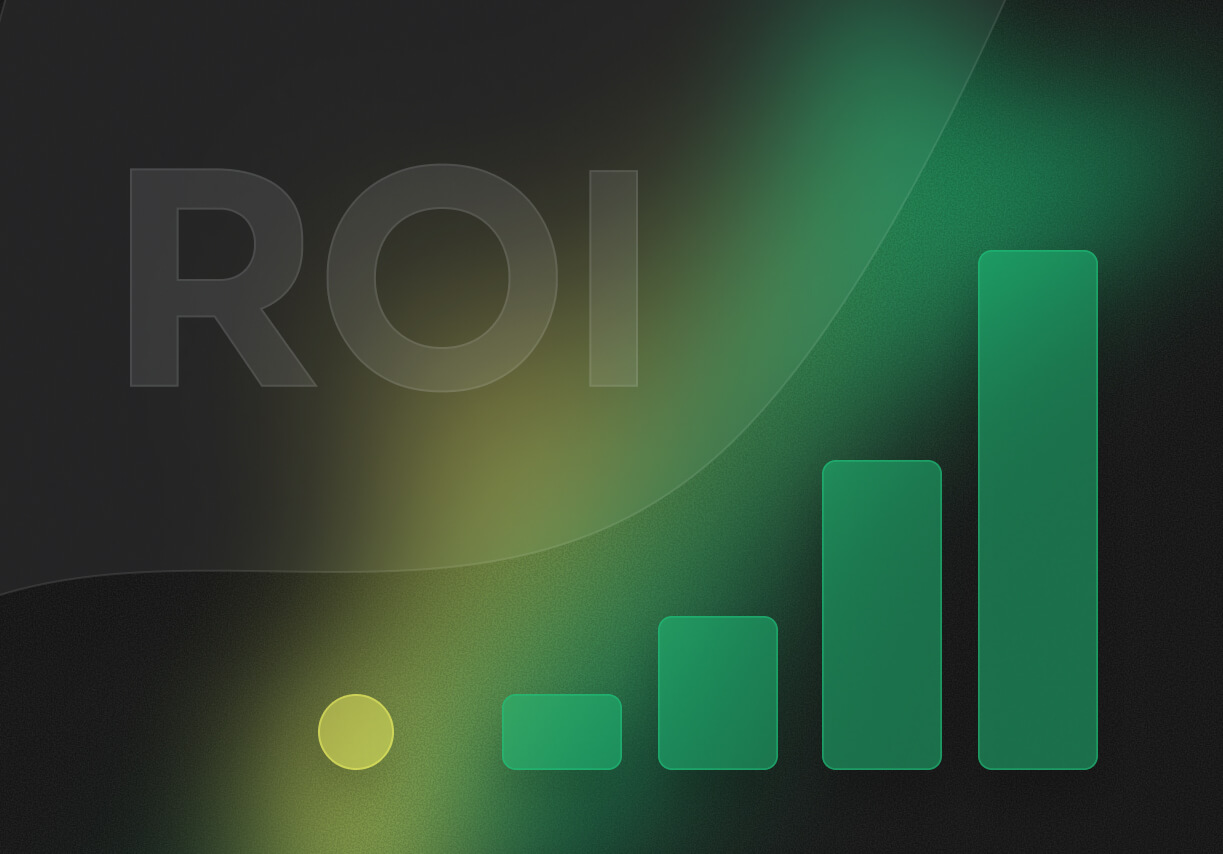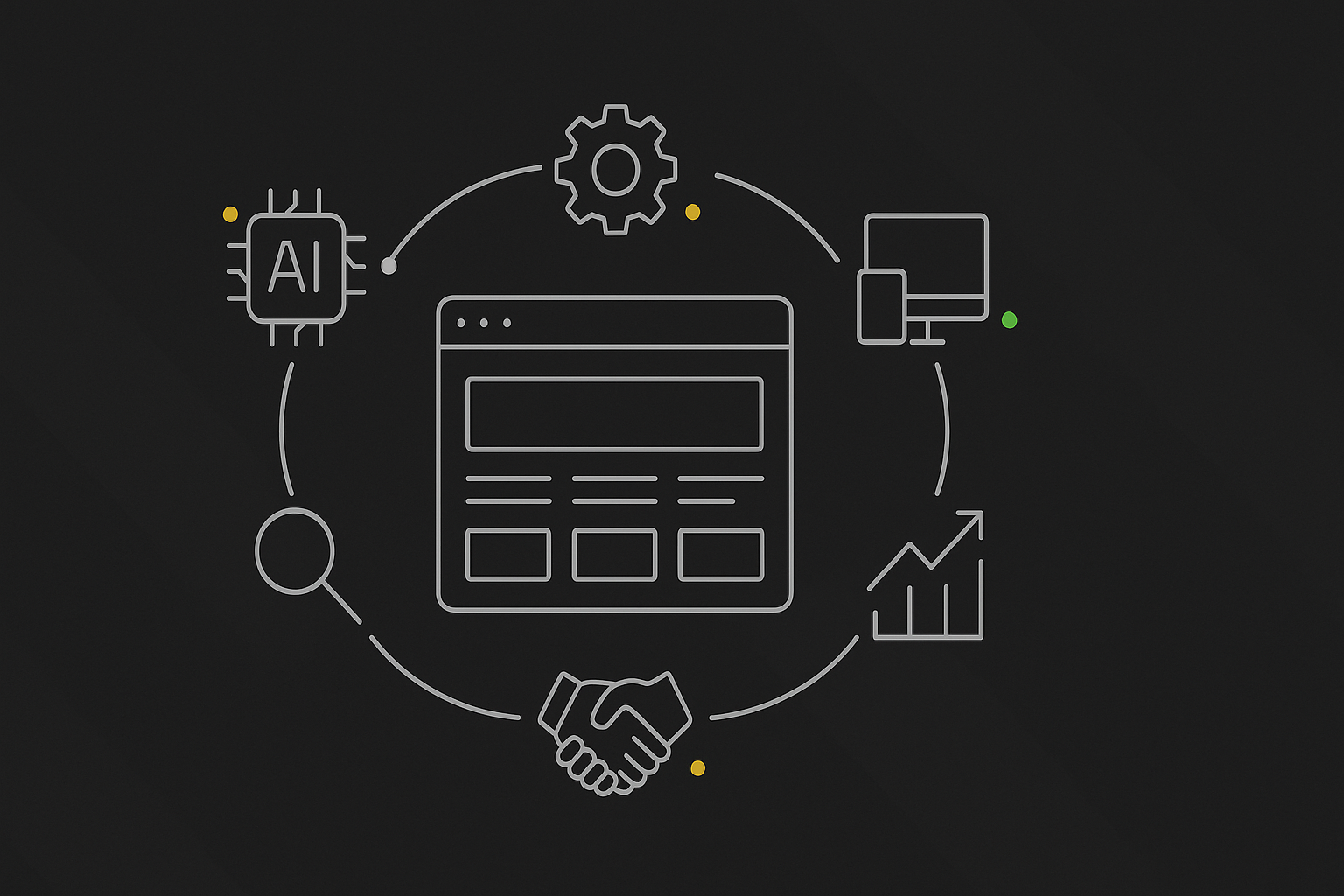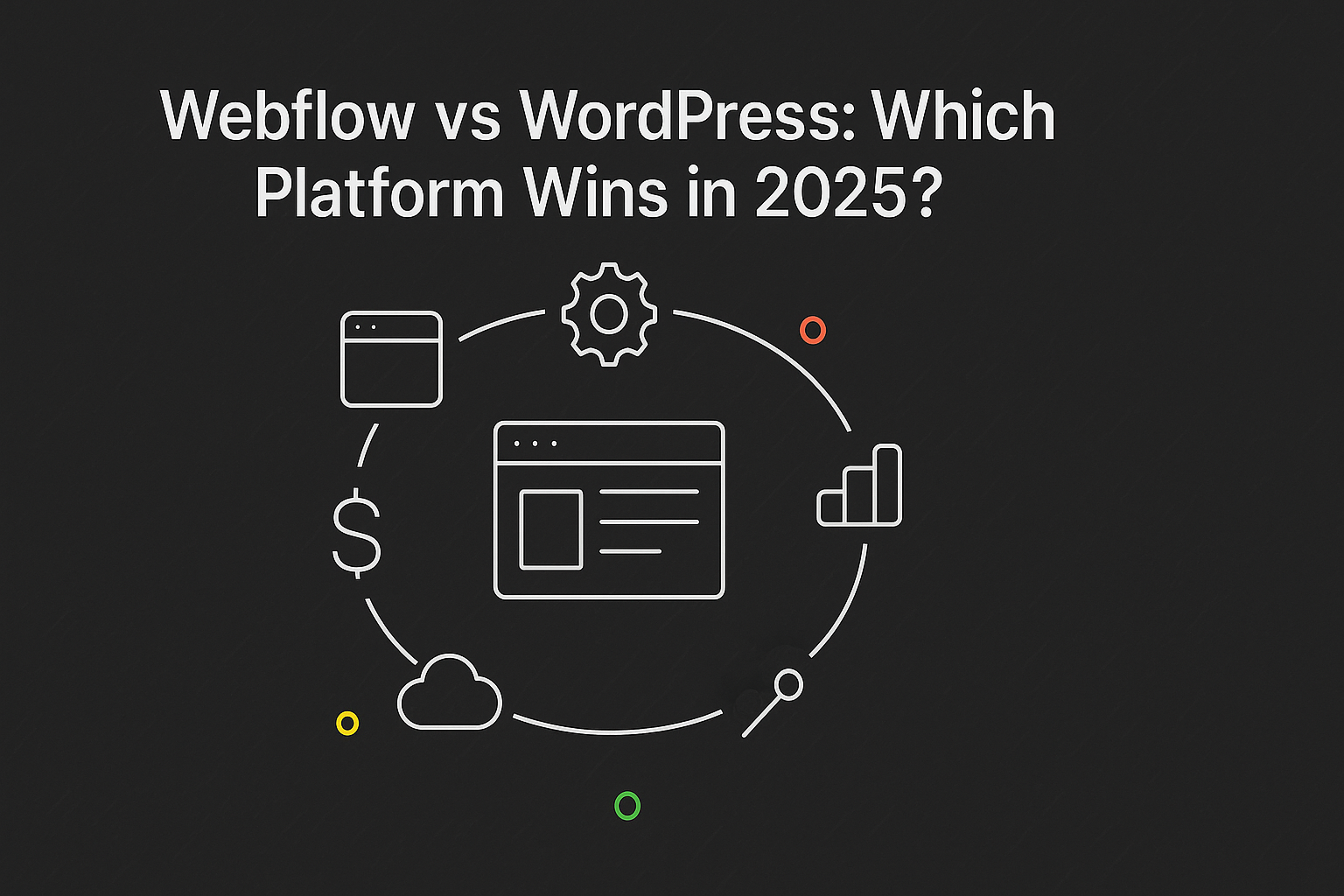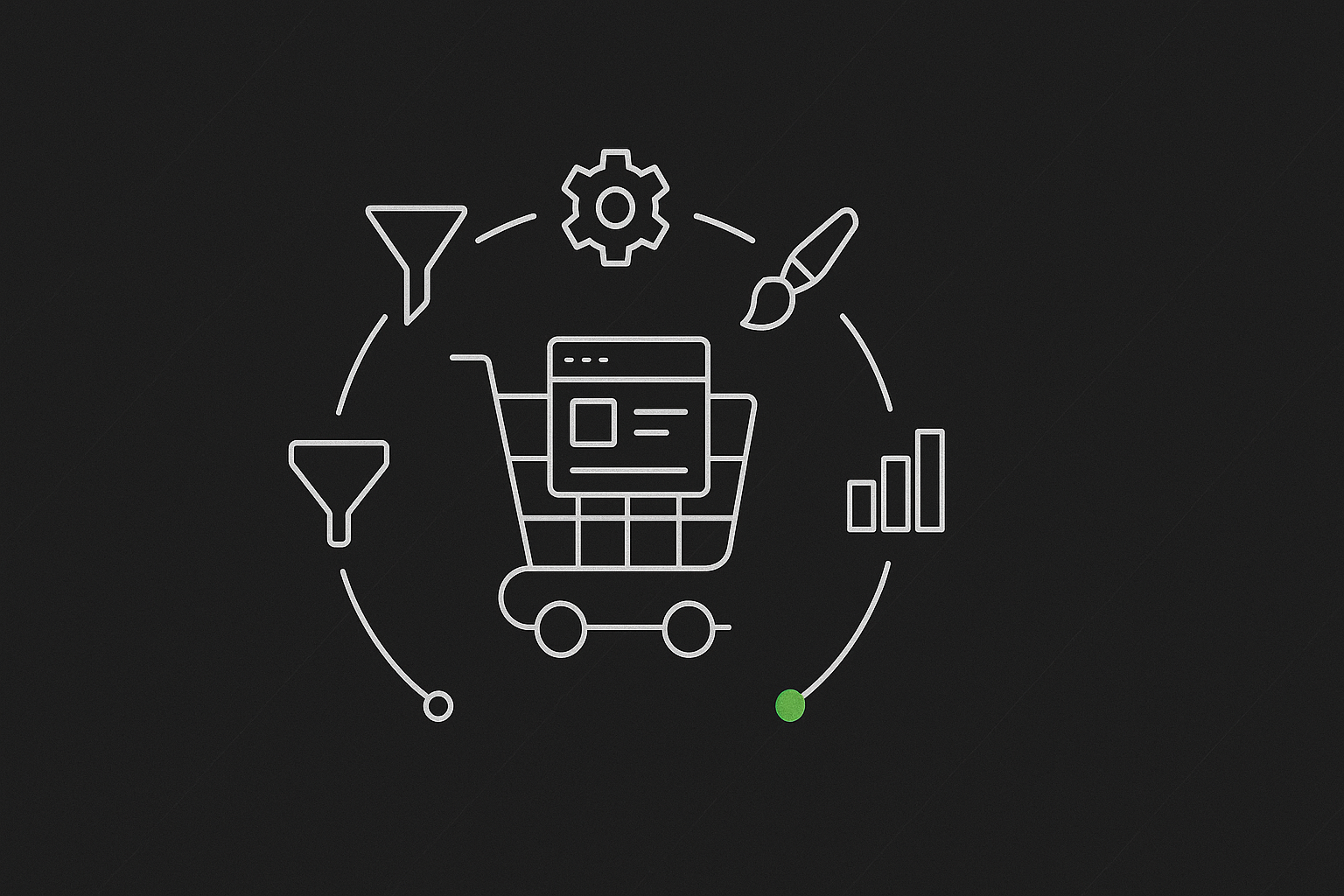Why Most Website Builds Delay ROI (And What to Do Instead)

We've built hundreds of websites and landing pages. Some were brand new, some were redesigns, and many were built as a part of a larger marketing system. And over time, we noticed something:
The way agencies approach websites is, for the most part, totally broken.
Here’s what we mean:
Most website projects still follow a waterfall-style model — a big, upfront investment of time and money with no real way to validate if the strategy works until it’s all live. You spend weeks (sometimes months) planning a sitemap, reviewing wireframes, approving designs, writing content, and waiting on development. And when it finally goes live?
You cross your fingers and hope it performs. Hope it converts better than the old one. Hope the users flow through as expected. But by that point, the budget is spent. The site is “done.” And if something’s not working, it’s either ignored or becomes a costly Phase 2.
That’s the disconnect: traditional websites assume ROI will come later.
But for most businesses investing in digital, especially paid acquisition, that’s too late.
So we rethought the model. What if your site didn’t have to be fully finished before it started performing? What if it evolved with your campaigns — shaped by actual user data, tested in real time, and built in layers as the business grew?
Where this all started…
It began with landing pages. For clients on our Catch Digital Light or Pro tiers, we’d launch custom campaign-specific pages tied to Google Ads or Meta. These pages almost always outperformed the client’s “real” website. Not just a little — often dramatically.
Before long, those landing pages multiplied. The strategy deepened. Pages were layered together into mini-sites. We had funnel logic, conversion clarity, analytics tagging — and meanwhile, the primary site remained unchanged, underperforming, and a bit of an afterthought.
The lightbulb moment?
What if we just built websites this way on purpose?
The Performance Website Model
We call it the Performance Website Model, and it flips the old way of building websites on its head. This isn’t a static project. It’s a strategic system designed to launch fast, optimize continuously, and grow smarter over time — all through a monthly engagement.
Instead of paying everything up front and hoping it works, clients pay a monthly fee that covers design, build, testing, CRO, and strategy. It’s not just “amortized” — it’s alive.
Why this matters — especially now
The reality is that every business is a digital business now — and waiting 3 months for a site to go live, only to learn what didn’t work, is an expensive delay.
With the Performance Website Model, we start with conversion-focused pages that are directly tied to your campaigns. As data comes in, we evolve the site. Add what’s working. Fix what’s not. And because we’re already tracking where leads come from, we’re optimizing toward ROI in real time.
This model has become the default for any client who cares about:
- Getting to ROI faster
- Launching campaigns with a reliable destination
- Continuously improving conversion rates
- Aligning website work with live strategy (not static project plans)
Agencies — you should probably steal this
If you’re an agency reading this, let me just say: we’re not precious about it.
This model is better for clients. It’s better for results. It’s better for long-term relationships. You don’t need to sell “websites.” Sell growth systems. Sell ROI. Just don’t sell someone a full site and then launch a Google Ads campaign six months later and wonder why it doesn’t convert.
This isn’t about squeezing more money out of a website. It’s about changing the function of the website from digital business card to revenue-generating engine.
In Closing
This isn’t just a different way to build websites — it’s a smarter way to approach digital performance.
The logic is simple: build what matters first, validate it with real data, and grow from there. Stop waiting until the end of a project to see if it works. Start generating ROI while you're still building. That’s what the Performance Website Model is designed to do.
And if you’re an agency reading this — feel free to use the framework. We’ve seen how well it serves businesses who care about growth, and if it helps your clients succeed faster, that’s a win for everyone.
If you’re a business owner and this model feels like the better fit — it probably is.
Book a call and let’s talk about what this could look like for your business.




